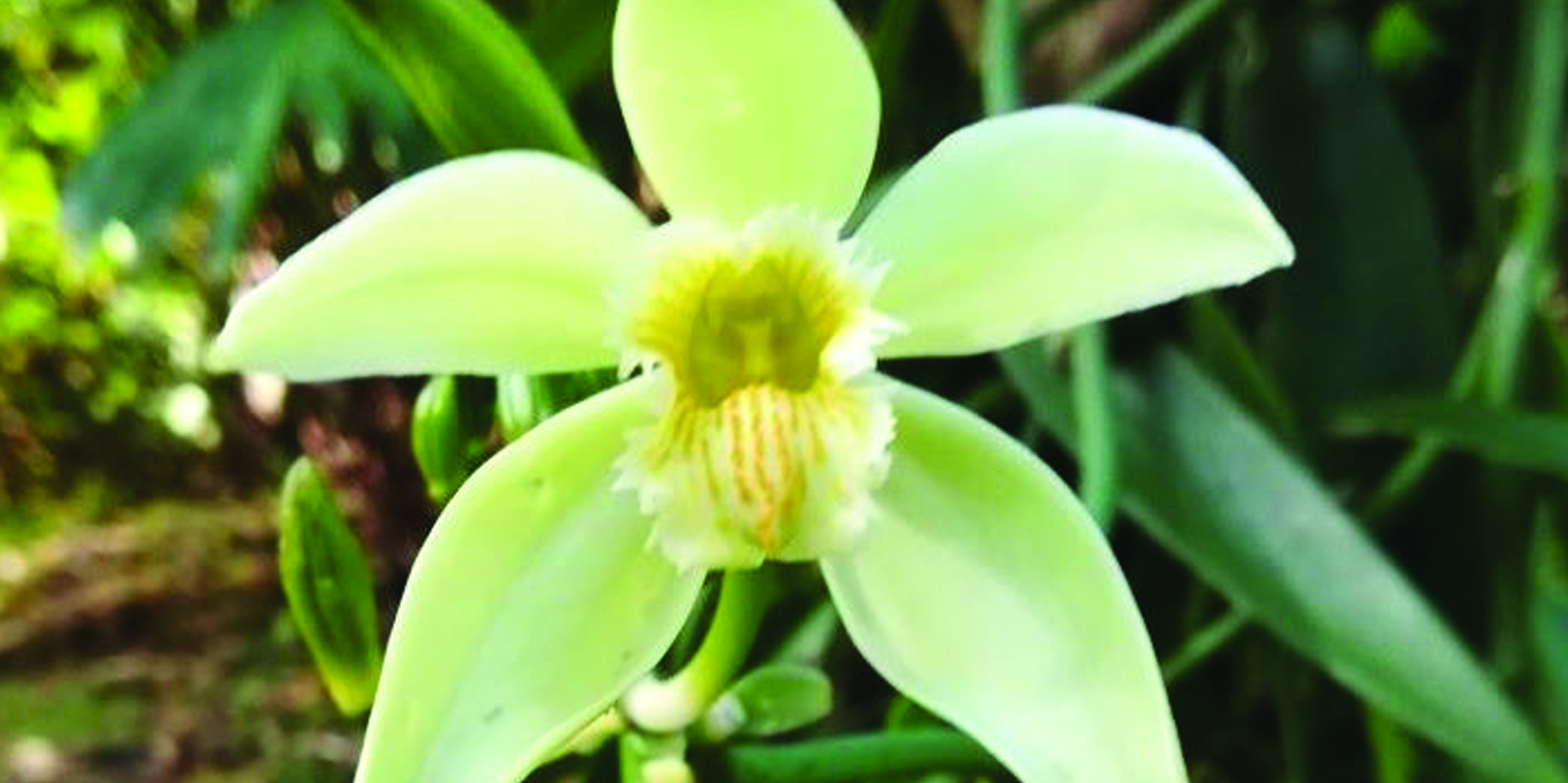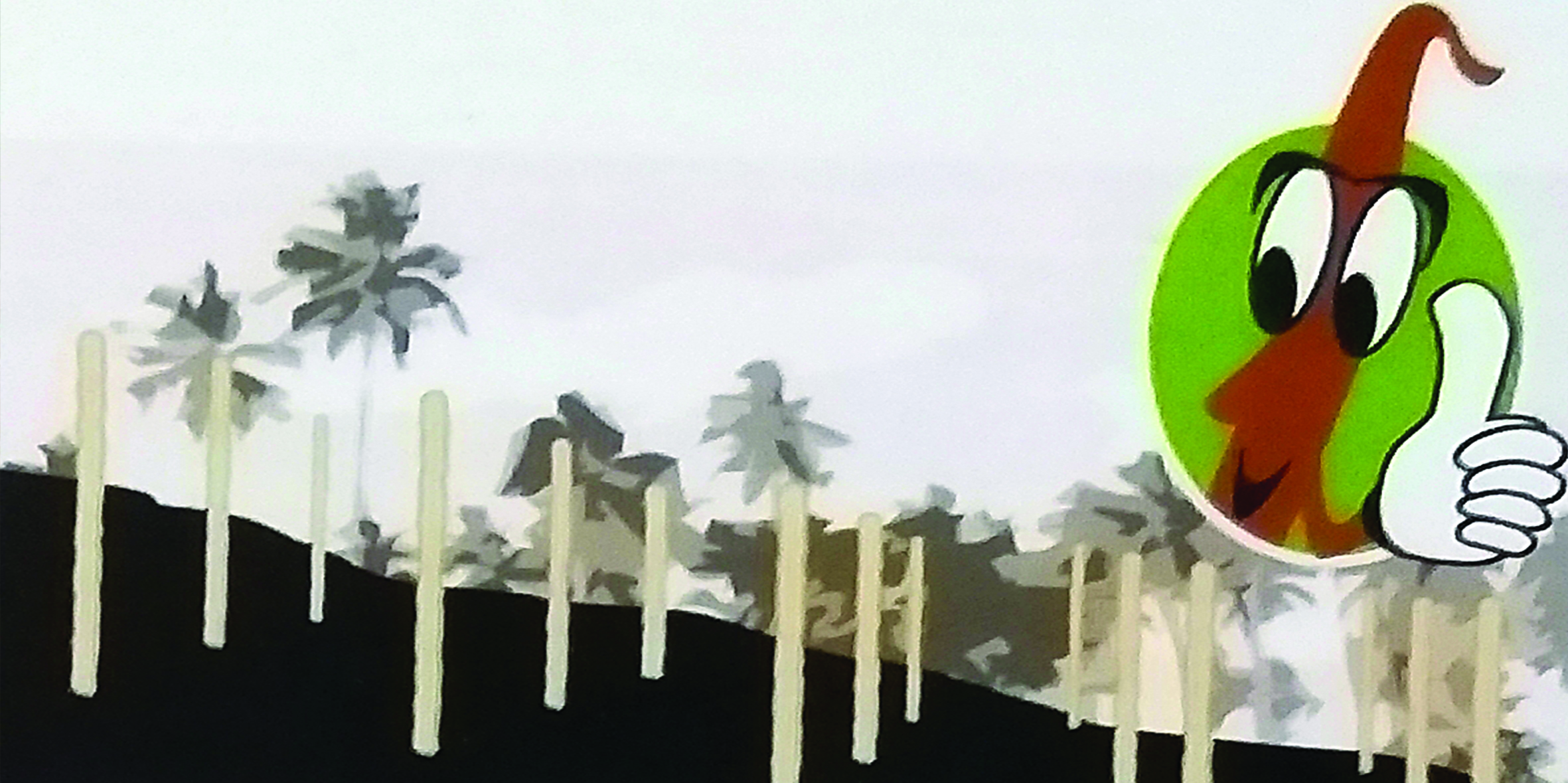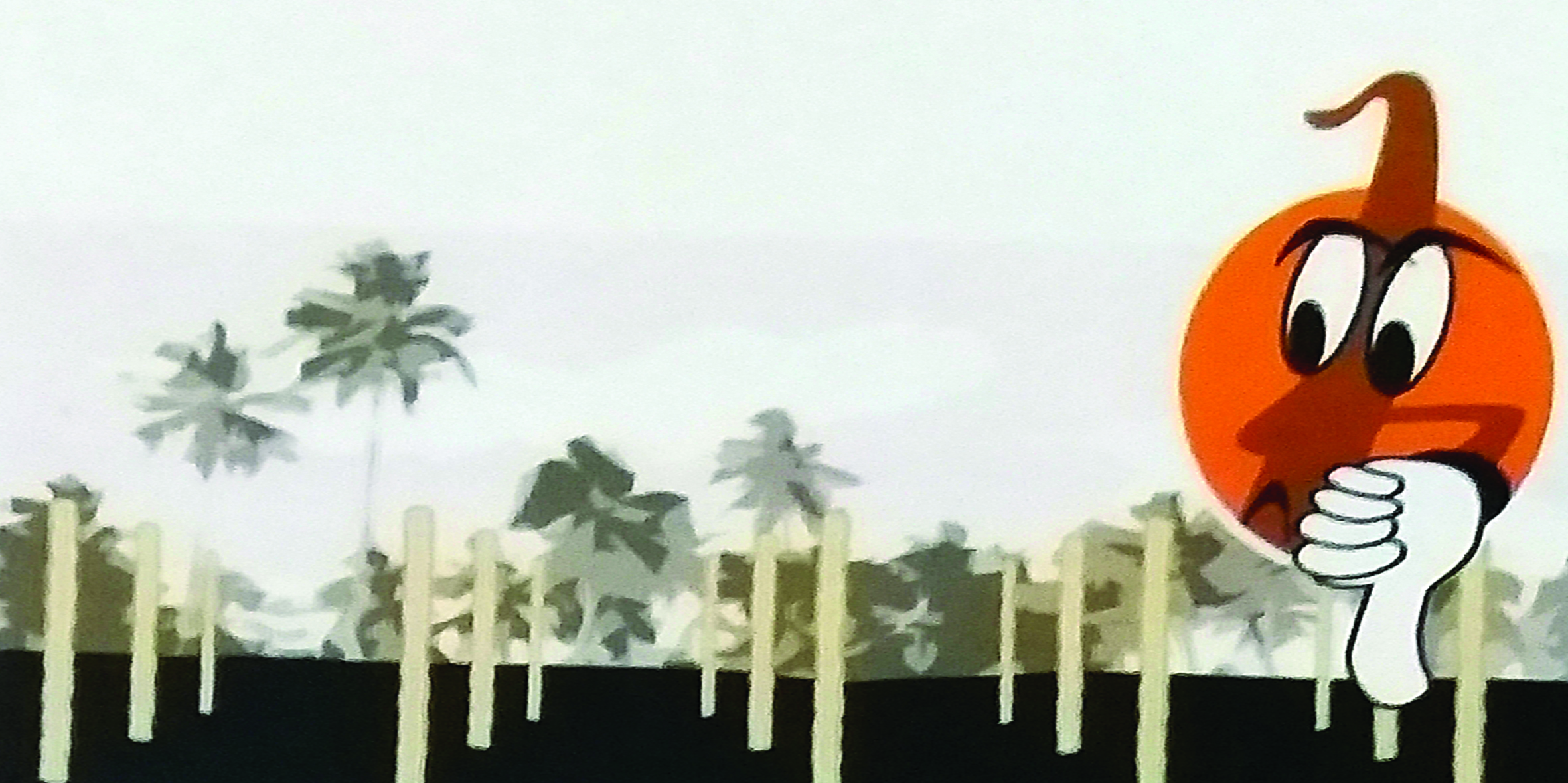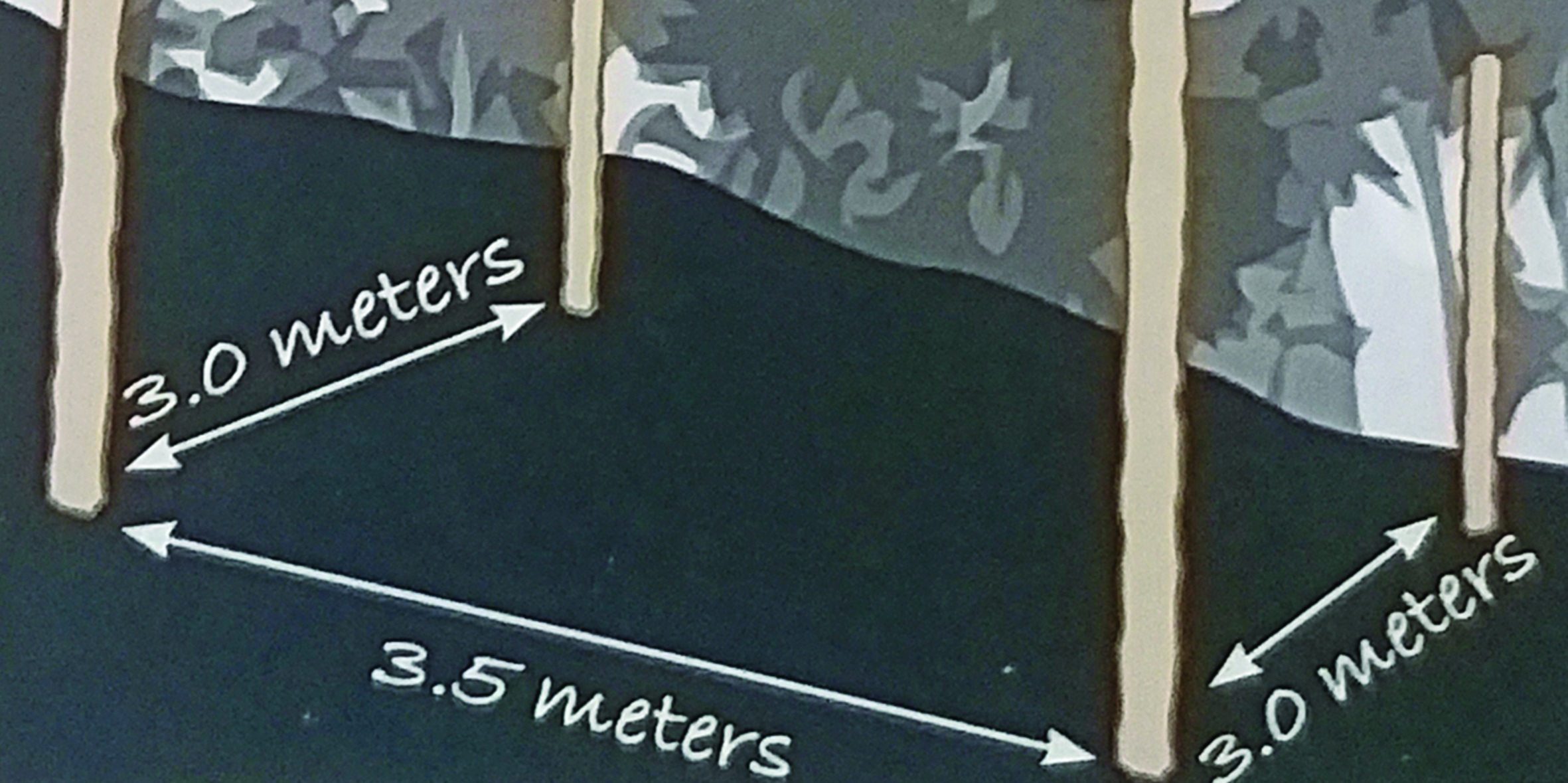b l o g
m a y 2 0 2 1

Vanilla is indigenous of Mesoamerica: mainly south-eastern Mexico, Guatemala and other parts of Central America IMAGE: Venui Vanilla
By Piero Bianchessi, Former Owner and Operator of Venui Vanilla
There are different aspects to evaluate in order to achieve a successful vanilla plantation; climate, geography, location and soil quality.
Climate
To thrive, vanilla requires:
(1) A hot, tropical, moist, and ventilated climate
(2) Frequent rainfall, well scattered throughout most of the year, between 1,700 and 2,800mm
(3) A well-refined dry weather spell over a period of approximately two months
(4) A temperature range between 16 and 32 ° C
(5) Distinctly cooler temperatures during the dry season (below or around 20 ° C) to slow down the vegetative growth and enhance the flower induction
Geography
The dry weather season (or lack of it) plays a major role in the plantation’s viability. The dry season – not well pronounced in some regions may be nonexistent at the lower latitudes (below 15 degrees of latitude south and north). In these areas micro-climatic conditions such as altitude, rain shadow, and wind exposure need to be carefully considered in order to select the best location for the vanilla to flower most years.
TIP
Do not start your vanilla plantation in areas where:
(1) The dry season usually lasts much longer than 2 months.
(2) The dry season is not well defined, with few sunny days interspersed with frequent heavy rain and with precipitation considerably lower than evaporation.
Location and Soil
The vanilla requires:
(1) Very well drained light soil rich in humus
(2) Light, adjustable shade
(3) Frequent mulch input
(4) Well ventilated areas
The perfect choice: a gentle slope with soft light soil, cleared land (or with a few tall trees with light foliage), and easy access to the supply of good mulch.


TIP
Do not start your vanilla plantation in areas where:
(1) The soil s often waterlogged
(2) Big trees will make it impossible to regulate the shade
Spacing
Vanilla enjoys a well ventilated, lightly shaded environment.
The spacing between plants varies according to the support tree choice, the slope, and the choice between single crop and intercropping.
Spacing for a single crop is normally between 2.0 to 3.0 meters in the row, and 2.5 to 3.5 meters between rows. In hot regions, with a poor dry season, wider spacing (3.0 x 3.5 meters) will help keep the plantation well ventilated enabling flower induction in a shorter time.

During the first 2 to 3 years, lateral shading may be beneficial. This may be achieved with a row of temporary intercropping, like corn, cassava, pigeon peas or other similar plants.
For intercropping throughout all the years of vanilla production see each one of the selected crop’s requirements. In a few cases the chosen companion crop may act as a support tree for the vanilla.
Goal : to select a suitable location for the vanilla plot
What and When :
(1) CLEARING the land : right before the dry season
(2) SUPPORT TREE planting : during the dry season
(3) SUPPORT TREE shaping and pruning : between the dry season and the beginning of the wet season
(4) VANILLA planting : during the wet season
(5) Tools : Bush knife, Axe (chain saw), Bushman saw
TIP
Support trees spaced any less than 2.0 meters will not allow enough light for the vanilla to grow.
Process :
(1) Decide on the plantation’s size, based on the work-days.
(2) Choose the location, based on the soil quality, slope and ventilation.
(3) Carefully consider the local climatic conditions. Check rainfall data at the closest meteorological or agriculture station. Analyze other crops in the same area – most of the ‘common’ mango varieties require a period of dry weather to flower. Do not attempt vanilla in areas where mangoes are not a yearly steady crop.
(4) Decide between intercropping or a single crop.
(5) Decide the spacing based on the slope, the ventilation, and the presence of other big trees (if any).
(6) Mark and clear the land.
(7) Choose the support tree and check the local availability,
(8) Choose between straight or contour lines and mark the support tree rows.
(9) Plant the support trees during the dry season.
(10) Shape the support trees.
(11) Prepare the mulch.
(12) Plant the vanilla during the rainy season.
